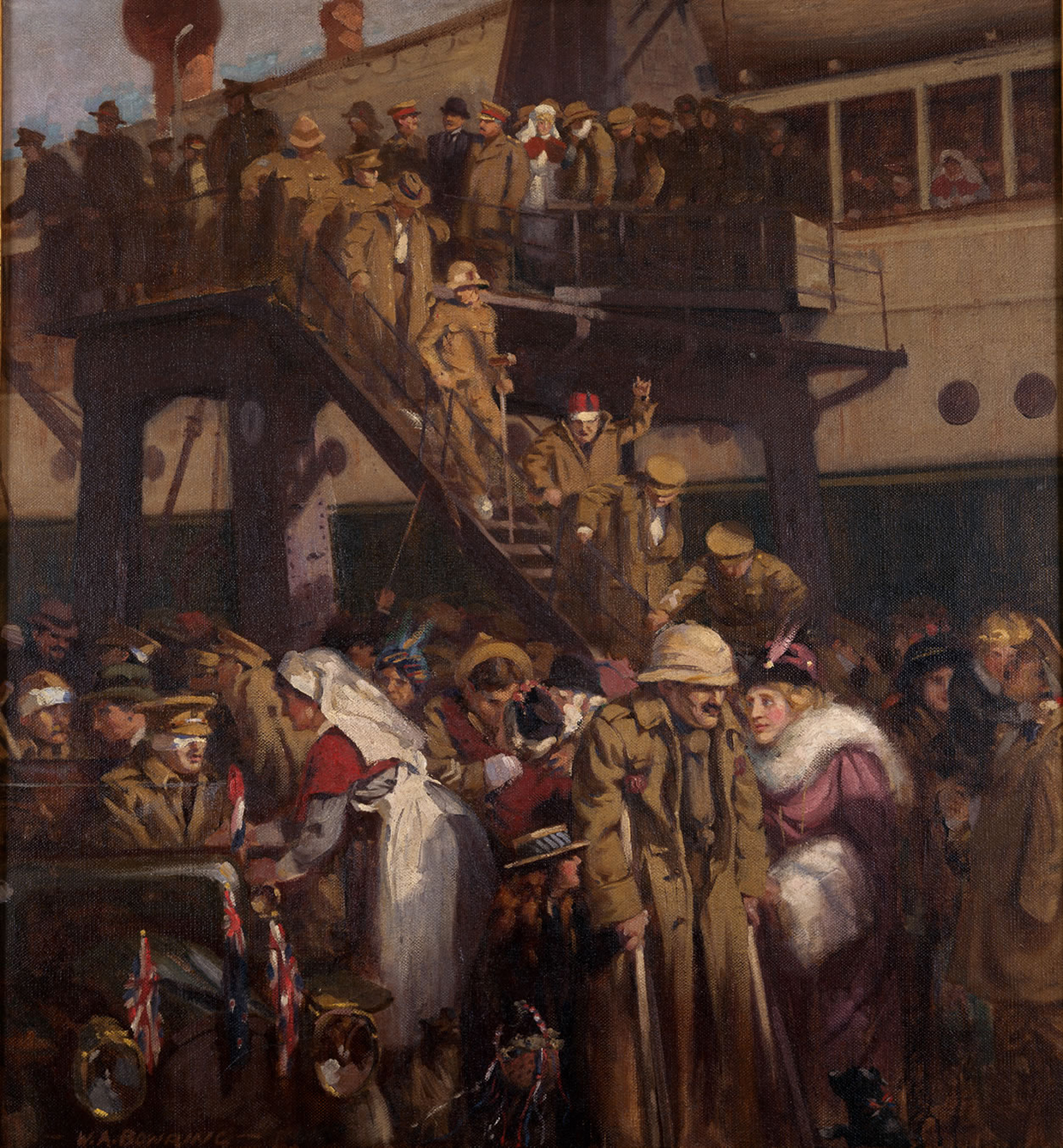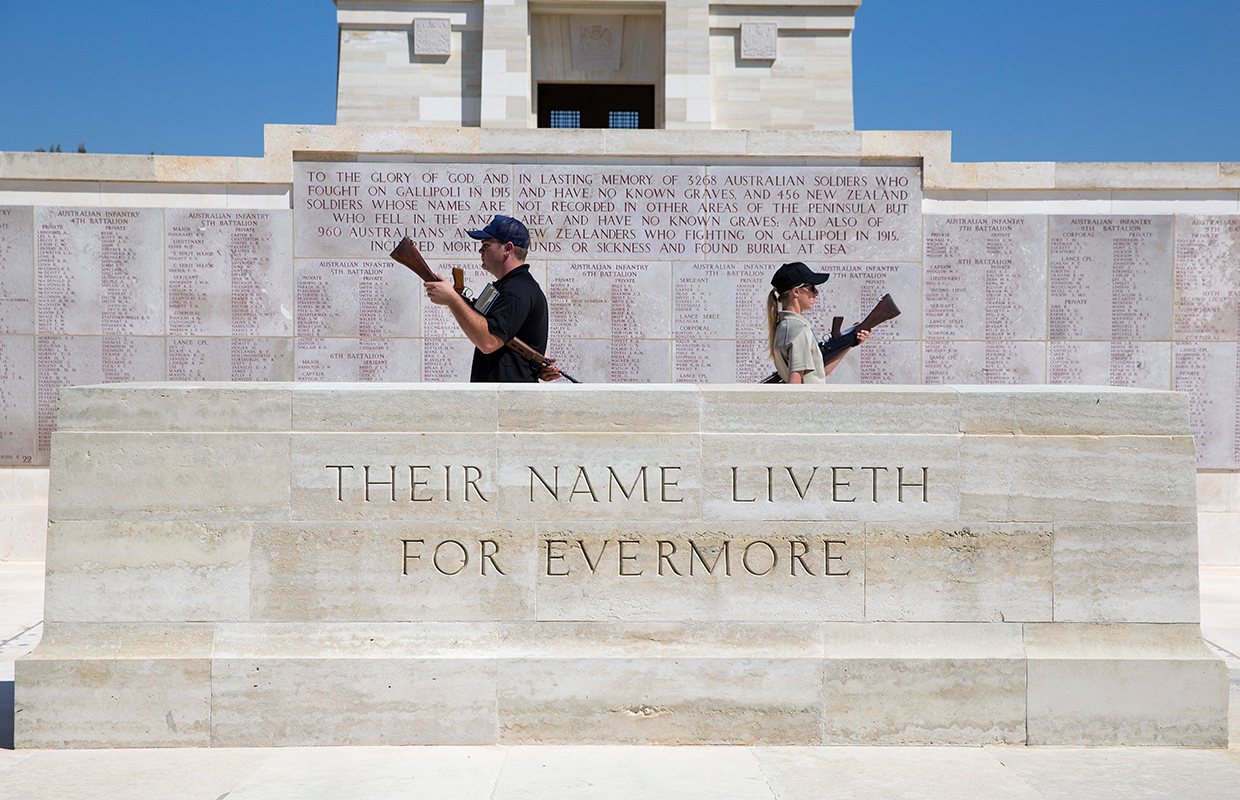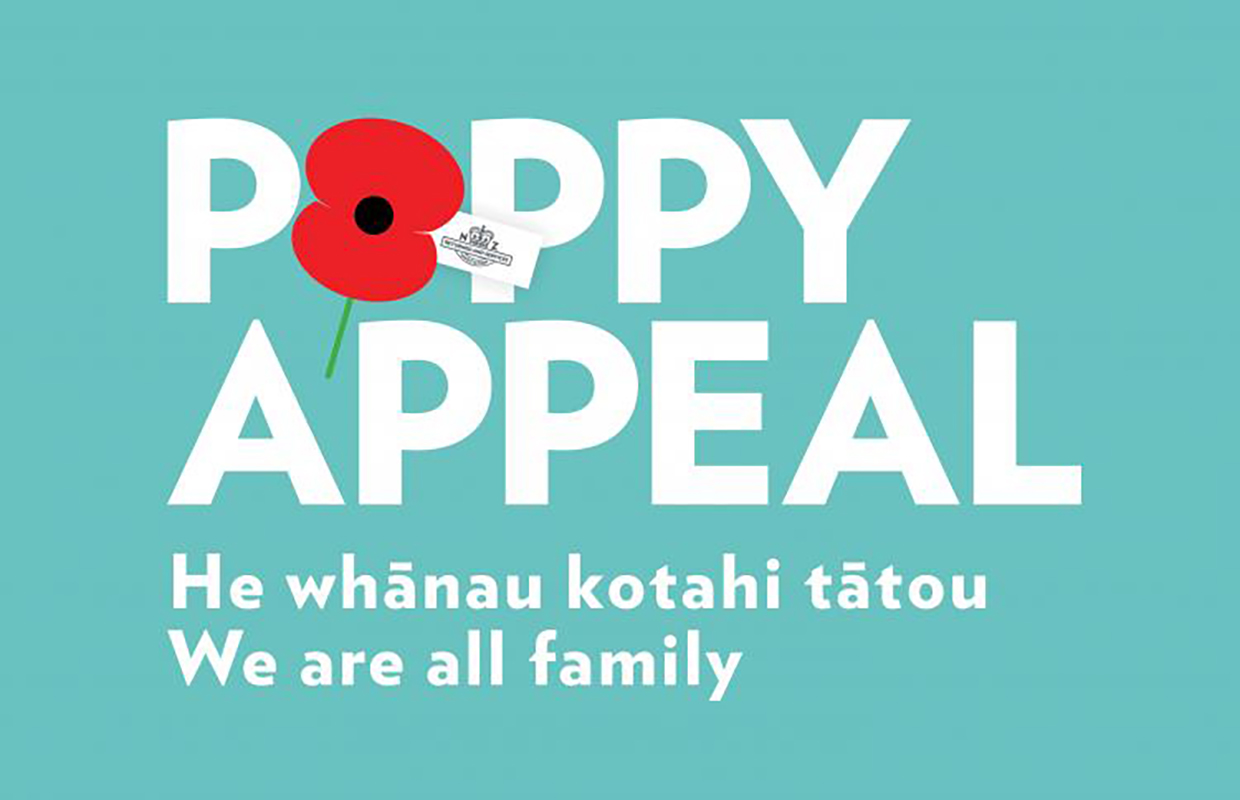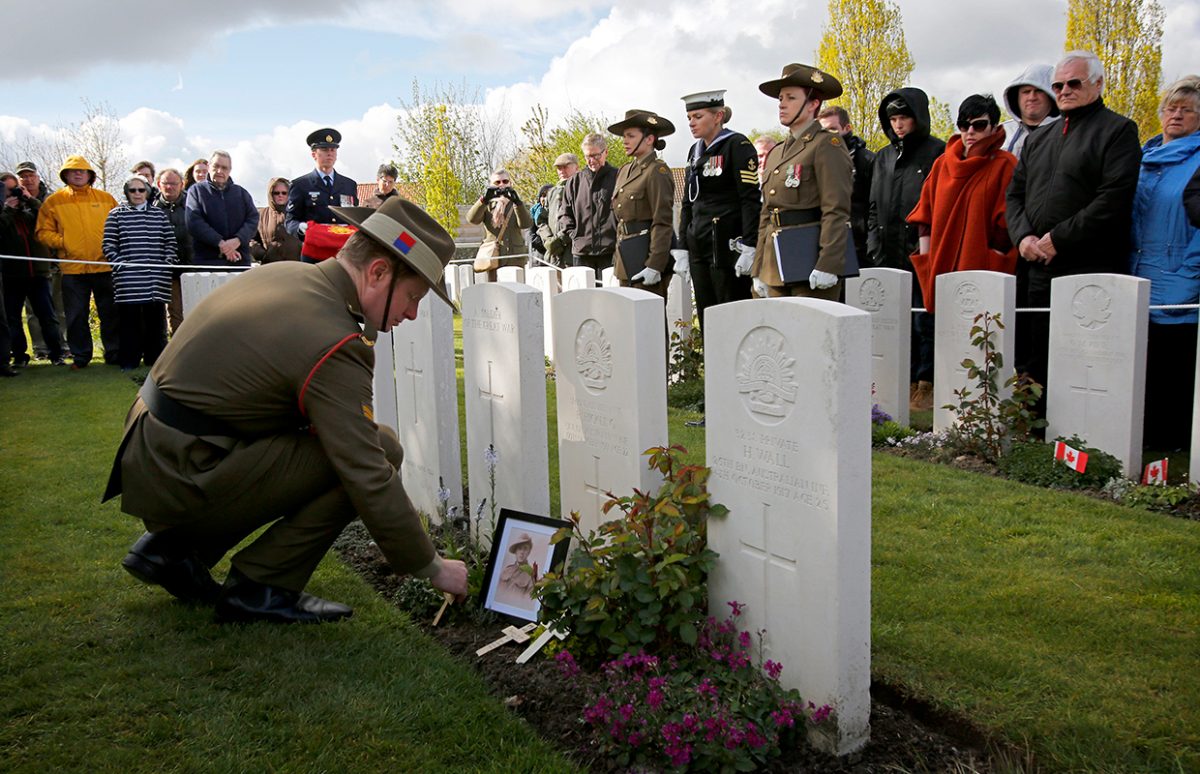While most countries involved in World War I commemorate those who served in that and later wars on 11 November, the date the War ended, in Australia and New Zealand, the main commemoration is ANZAC Day, 25 April, the day in 1915 when their servicemen first saw action, in the disastrous Gallipoli Campaign.
When Britain declared war on Germany in 1914, it immediately called on its Empire to help fight the war. Volunteers flocked from all over the Empire. In the Pacific, a joint Australian and New Zealand Army Corps was formed. Many were sent to Egypt for training and they were first sent into action at Gallipoli.
The Gallipoli Campaign was ordered by Winston Churchill when he was First Lord of the Admiralty (Navy Minister). It was designed to take the strategic Dardanelles Straits held by the Turkish Army, one of Germany’s allies, and take pressure of the Eastern Front by diverting German attention towards Turkey.
But it was disastrous from the outset. The Turkish forces were well prepared and the Allied forces landing in small boats were easy targets. They were decimated. They held out for eight months before being quietly evacuated.
ANZAC Day
For the troops of the Australian and New Zealand Army Corps, it was a terrible introduction to war. According to the New Zealand Government’s history site, the campaign saw the deaths of, “87,000 Turks, 44,000 men from France and the British Empire, including 8500 Australians. Among the dead were 2779 New Zealanders, about a sixth of those who served on Gallipoli.”

And yet the Gallipoli Campaign has become enshrined in both countries as a founding moment. The 25th of April was commemorated from as early as 1916, as an example of courage, resilience and commitment, and a type of fraternity and solidarity dubbed “mateship”.
Today, ANZAC Day is still a public holiday, and sees commemorations in the form of a funeral service, starting at dawn, when the first troops landed in Gallipoli.

Services usually include an extract from English poet Laurence Binyon's “For the Fallen”:
They shall grow not old, as we that are left grow old:
Age shall not weary them, nor the years condemn.
At the going down of the sun and in the morning
We will remember them.
Rudyard Kipling’s “Recessional” is also often recited, with its refrain, “Lest we forget—lest we forget!”

In New Zealand, the red poppies that are worn for Armistice Day in other countries are sold for ANZAC Day, to raise money to help veterans and their families. This tradition started when the first batch of poppies took long to arrive by ship for Armistice Day.
“Waltzing Matilda”
Australians consider the folk song “Waltzing Matilda” as a second national anthem. Scottish-Australian folk singer Eric Bogle took it as a theme for his searing anti-war song about Gallipoli, “And the Band Played Waltzing Matilda”:
Copyright(s) :
Top Photo: Australian Army Victoria Cross recipient Corporal Dan Keighran places a small wooden cross at the headstone of Second Lieutenant P Hickling during the rededication ceremony held on Anzac Day at Tyne Cot Cemetery, Belgium.
Sgt Christopher Dickson © Commonwealth of Australia, Department of Defence
"The Homecoming from Gallipoli", by Walter Armiger Bowring, 1916. New Zealand Government
Gallipoli photo: LSIS Chris Beerens © Commonwealth of Australia, Department of Defence
Poppy Appeal: RSA NZ
> Poppy Day on the Web
> Battle of the Somme WWI Webpicks
> They Shall Not Grow Old Film: Bringing WWI to Life
> Remembering British WWI Soldiers
> In the Trenches
Tag(s) : "ANZAC" "April" "Australia" "commemoration" "conflict" "Gallipoli" "heroes" "literature" "New Zealand" "poetry" "remembrance" "Shine bright 1e" "Speakeasy Files 3e" "trenches" "turkey" "war" "World War I" "world war one" "WWI"





